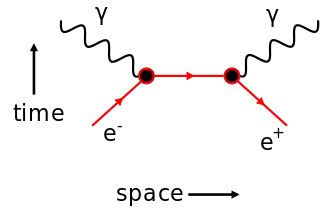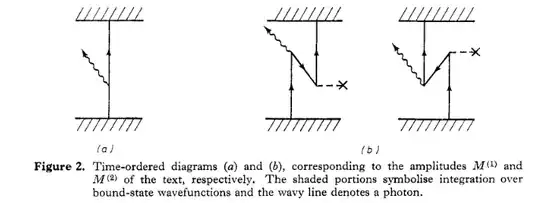This question is related to: Physical reason behind one of the selection rules? and links in the comments.
Take a hydrogen atom in an infinite and otherwise empty universe. The hydrogen atom sits in an excited state, $|e\rangle$. Fermi's golden rule says that if we have a perturbation of the form, $\hat V_0 e^{-\omega ti}$, then the rate of decay from our $|e\rangle$ to a state of lower energy $|g\rangle$ is given by: $$R_{if}=\frac{2\pi}{\hbar} | \langle g |\hat V_0|e \rangle|^2 \delta(\omega_f-\omega_i-\omega)$$ In the above linked question, what I interpreted was been said is that the perturbation $\hat V_0 e^{-\omega ti}$ is that due to the emitted photon. However, for surly such a photon to be emitted the atom must already have decayed. So we seem to have a situation that can never occur since for the atom to decay we must have a photon already emitted but for the photon to be emitted the atom must have already decayed. So where is my reasoning wrong and which comes first the decay of the atom or the emission of the photon?

